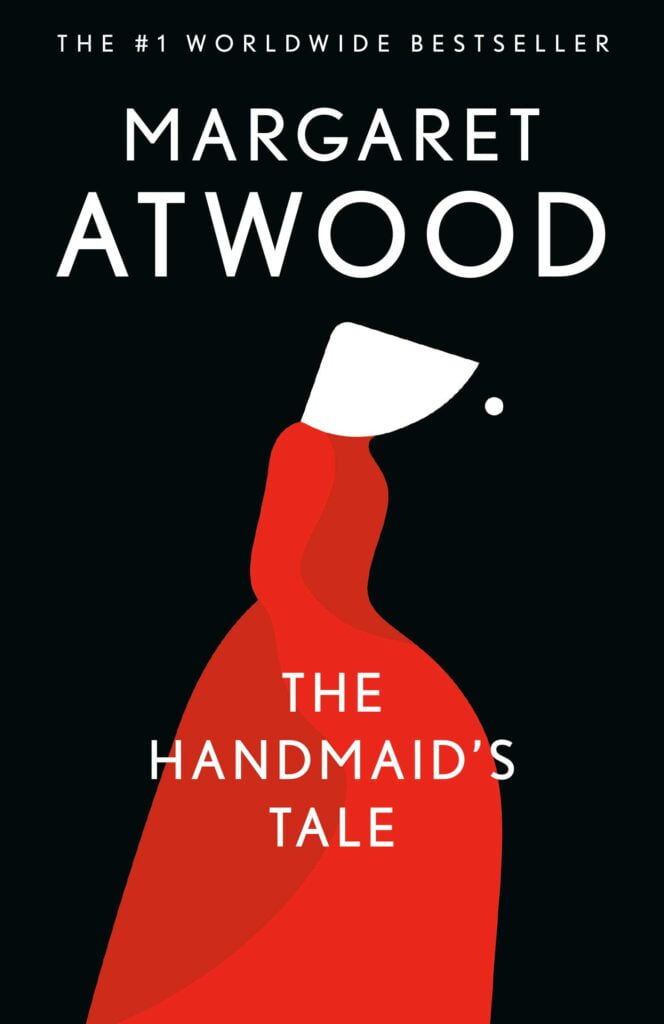
Synthetic Parallelism is when a writer uses two or more clauses of equal or similar length, structure, and meaning to create a balanced and rhythmic effect. It‘s a great way to make your writing more lively and fun! A fun example is “The early bird catches the worm, but the second mouse gets the cheese.”
The Magic of Synthetic Parallelism: Adding Balance and Rhythm to Your Writing
Synthetic parallelism is a fascinating writing technique that brings life and energy to your writing by using balanced and rhythmic clauses. It can make your work more engaging and enjoyable for readers, all while maintaining a sense of harmony and cohesion.
The Benefits of Synthetic Parallelism in Your Writing
Using synthetic parallelism in your writing offers several advantages:
1. Enhancing Clarity and Flow
By using similar length and structure, synthetic parallelism helps your writing flow more smoothly, making it easier to read and comprehend.
2. Creating a Sense of Balance
This technique establishes a sense of balance in your writing, which can be pleasing to readers and contribute to a harmonious writing style.
3. Bringing Energy and Liveliness
Synthetic parallelism injects energy and liveliness into your writing, making it more engaging and enjoyable for your audience.
How to Craft Synthetic Parallelism in Your Writing
To incorporate synthetic parallelism into your writing, follow these steps:
- Identify two or more ideas or statements that you want to convey.
- Ensure that the ideas or statements are of equal or similar length, structure, and meaning.
- Arrange these clauses in a way that creates a balanced and rhythmic effect.
Examples of Synthetic Parallelism in Literature and Popular Culture
Synthetic parallelism can be found in various forms of writing, from literature to popular culture. Here are some examples:
- “To err is human; to forgive, divine.” – Alexander Pope, An Essay on Criticism
- “Ask not what your country can do for you; ask what you can do for your country.” – John F. Kennedy
- “A stitch in time saves nine; a penny saved is a penny earned.”
More Examples to Inspire Your Writing
Here are additional examples of synthetic parallelism to help you create balanced and rhythmic statements in your own writing:
- “The early bird may get the worm, but the night owl sees the stars.”
- “Laughter is the best medicine, and a smile is the universal welcome.”
- “The grass is always greener on the other side, but the journey is what counts.”
Conclusion: Mastering Synthetic Parallelism
By incorporating synthetic parallelism in your writing, you can create a sense of balance, rhythm, and energy that captures the attention of your readers. This writing technique can be a powerful tool for engaging your audience and making your work more enjoyable to read.
Practice using synthetic parallelism in your writing, and experiment with different ideas and statements to find the perfect combination for your work. With time and experience, you can master the art of synthetic parallelism and elevate your writing to new levels of balance and harmony.




